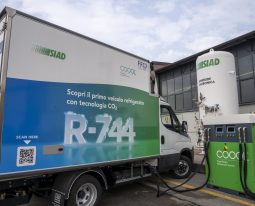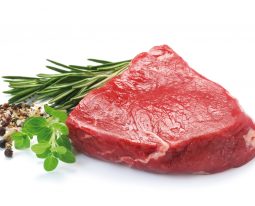
Is it possible to benefit from the advantages of freezing, while maintaining – at the same time – the high sensory and taste quality of the fresh product, as in the case of tortellini? Yes, if we refer, specifically, to cryosurgery.
This is the conclusion reached by a pool of food innovation experts, composed of representatives from Il Mattarello, a fresh pasta company; Tortellinice, a food and technology consulting firm, the University of Gastronomic Sciences in Pollenzo and SIAD.
The working group, in synergy, conducted a triangle test: thanks to the implementation of a cryogenic nitrogen freezing system created specifically for fresh pasta, the result of SIAD’s experience in the field of food gases and the development of cryogenic plants, previously frozen tortellini were perfectly preserved and, when cooked, showed the same characteristics to the palate as the fresh product.
An achievement that resulted in the adoption of SIAD technology, now an integral part of Mattarello’s production line, providing the company with the benefits we will explore in this case study.









About us
SIAD Group, a century of history in gas production
Among Italy’s leading chemical groups, SIAD is a leader in the production and commercialization of the full range of industrial, specialty, and medicinal gases and related services. The business extends to sectors in synergy with that of gases, including Wine, Food and Beverage.